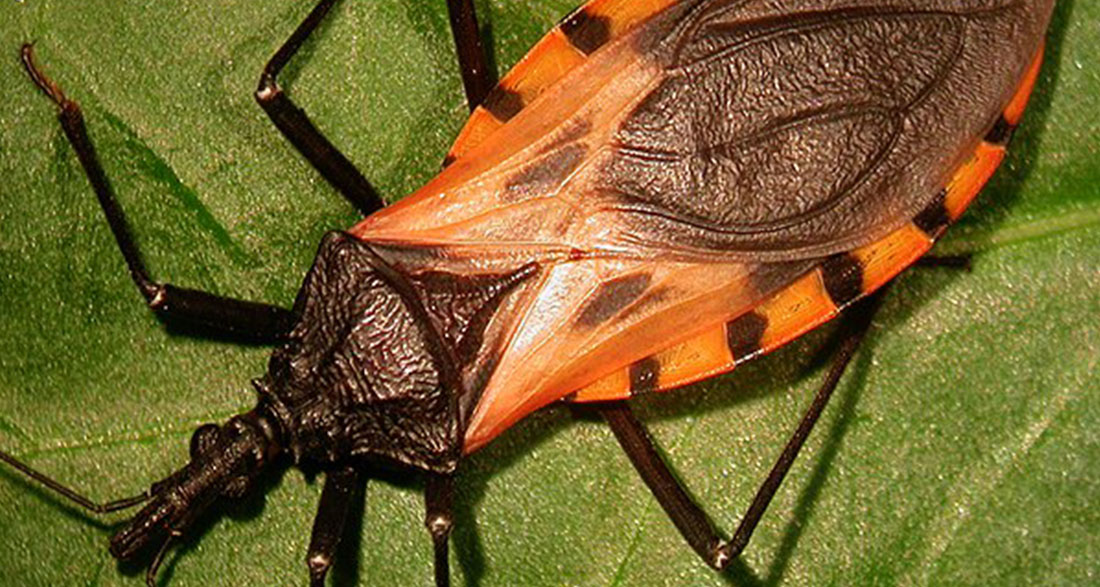When Emiliana Rodriguez was a little girl in Bolivia, she loved watching her friends play soccer at night. But one evening, something terrible happened: one of the players suddenly collapsed and died.
This shocking event haunted Emiliana and made her scared of the dark and the “monster” called Chagas disease, which she was told only came out at night.
Chagas disease is a sneaky illness spread by bugs that bite at night. It’s known as the “silent and silenced disease” because it infects up to 8 million people every year, killing around 12,000 of them.
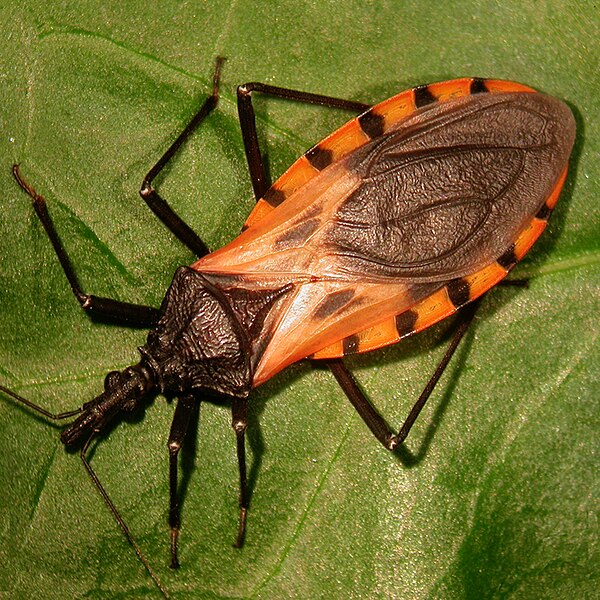
Emiliana, now 42, found out she had Chagas when she moved to Barcelona from Bolivia 27 years ago. “Night is when the fear generally struck. I didn’t always sleep well,” she admitted. “I was worried that I wouldn’t wake up from my sleep.”
When she was eight and pregnant with her first child, tests revealed she carried the Chagas gene. Remembering her friend’s sudden death, she was paralyzed with fear. “I wondered, ‘What will happen to my baby?’” she said.
She was given medicine to stop the parasite from passing to her unborn child, and luckily, her daughter was born without the disease.
Another woman, Elvira Idalia Hernández Cuevas from Veracruz, Mexico, had a similar scare. At 18, after donating blood, she was told she had Chagas. “I started to research Chagas on the internet because I had never heard of it,” she said. “When I read that it was a silent murderer, I became really afraid. I had no idea where to go or what to do.”
Many people are unaware of the dangers of the bugs that spread Chagas. The disease was named after Carlos Ribeiro Justiniano Chagas, a Brazilian doctor who discovered it in 1909. Reports of Chagas have come from Europe, Japan, Australia, Latin America, and North America over the years.
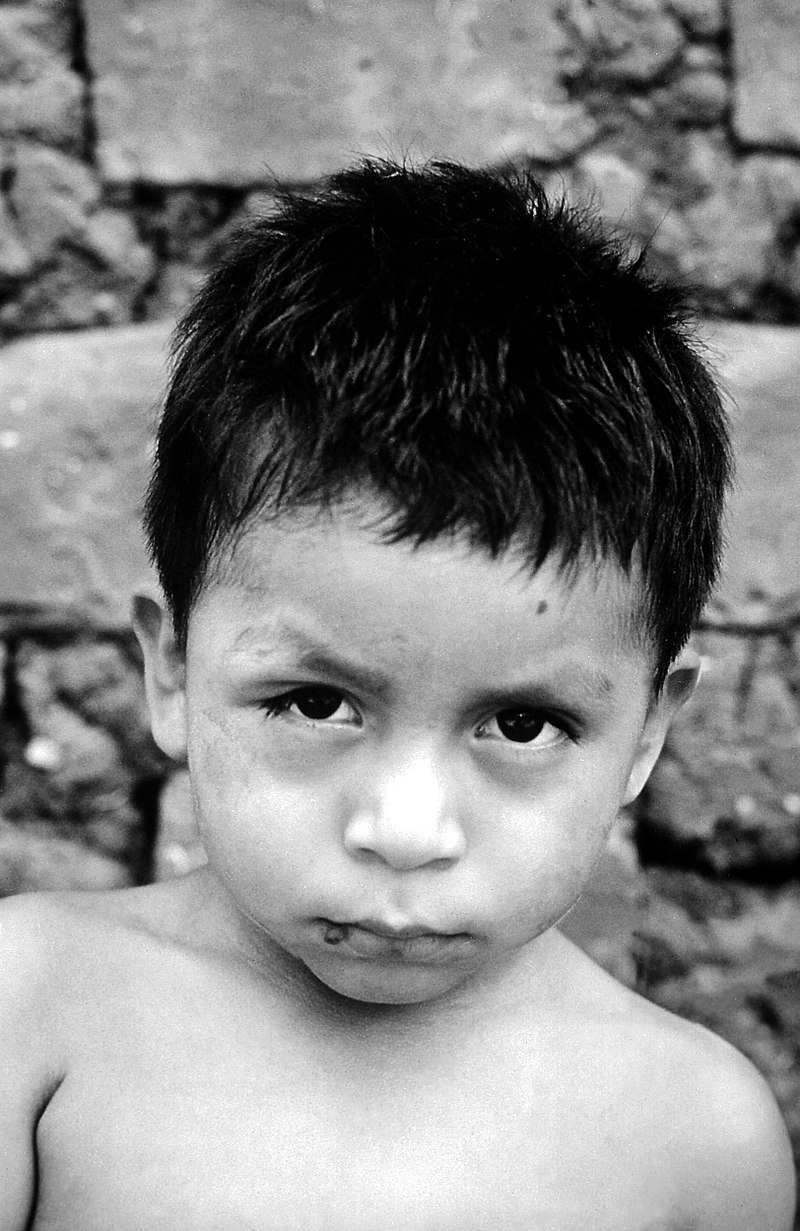
Kissing bugs, which carry the disease, are mostly found in poor rural or suburban areas. They bite at night and leave infected feces on the skin. When people scratch the bites, they spread the infection into their eyes or mouth.
The World Health Organization (WHO) estimates that between 6 and 7 million people worldwide have Chagas, but most don’t know they’re infected. This untreated infection can be deadly, killing over 12,000 people each year, more than any other parasitic disease in Latin America, including malaria.
In the U.S., about 300,000 people are infected with Chagas, though it’s not common there. Many people don’t show symptoms, but 20 to 30 percent might develop serious heart or digestive problems years later.
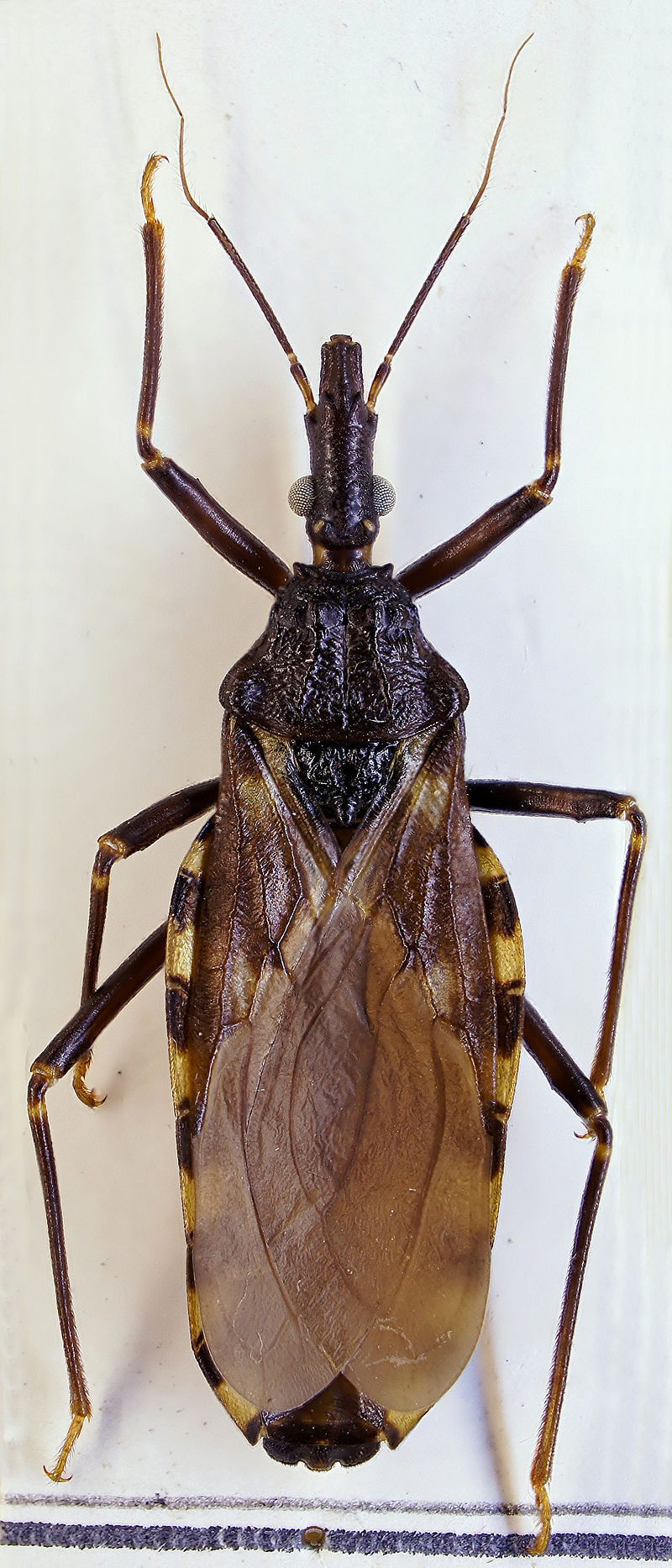
Only 10 percent of Chagas cases are diagnosed, making prevention and treatment very difficult. Hernández and her daughter Idalia saw many doctors, but none knew how to treat Chagas.
“I was taken aback, terrified, and depressed because I believed my kid was going to pass away,” Hernández said. “Above all, I was more anxious because I was unable to locate any trustworthy information.”
Finally, with help from a family member in the medical field, Idalia got the treatment she needed.
Hernández believes the Mexican government is wrong about Chagas being under control. “Medical practitioners misdiagnose Chagas disease for other heart conditions because they lack knowledge in this area. Most people are unaware that there is Chagas in Mexico.”
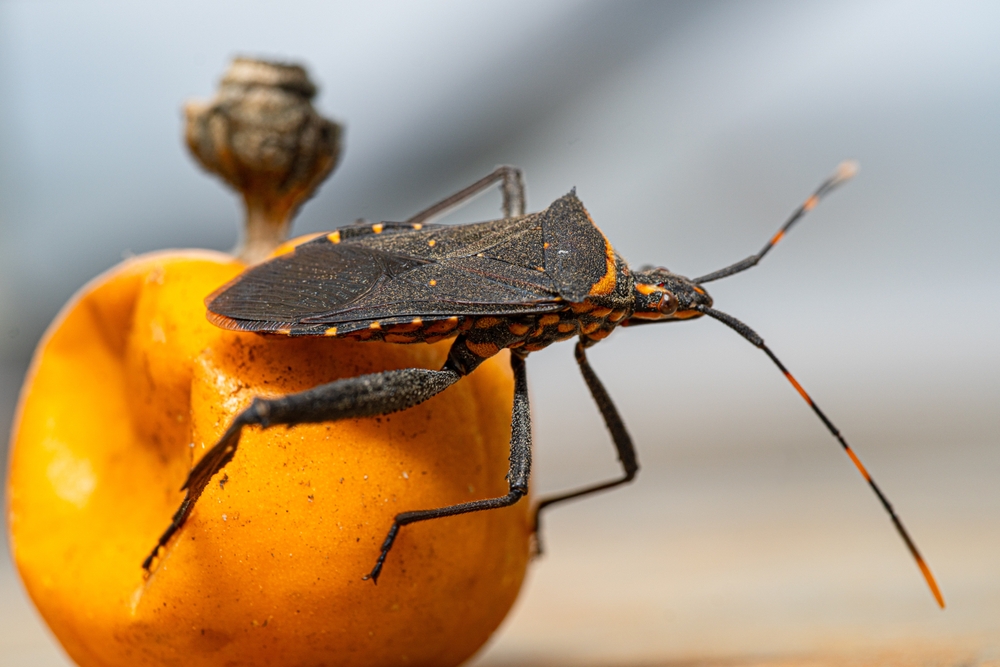
The WHO classifies Chagas as a neglected tropical disease, meaning it doesn’t get enough attention in global health policies. Colin Forsyth from the Drugs for Neglected Diseases Initiative (DNDi) says the disease is overlooked because it stays hidden in the body for so long without symptoms.
“The people affected just don’t have the power to influence healthcare policy,” he adds, highlighting that it mostly affects impoverished communities.
Chagas is gaining recognition as it spreads to other continents and can be passed from mother to child during pregnancy, childbirth, organ transplants, or blood transfusions.
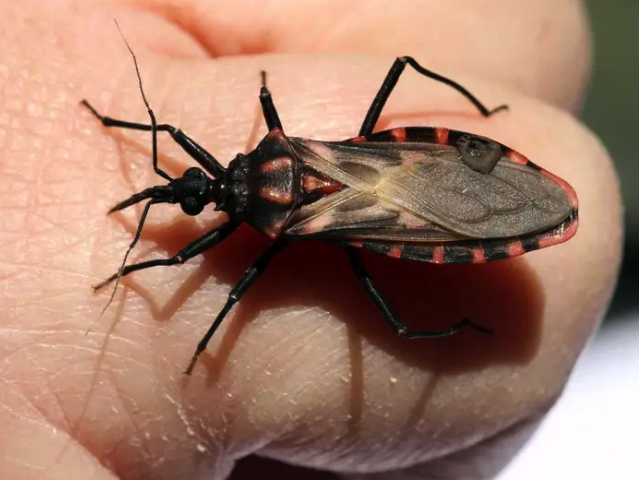
The Chagas Hub, founded by Professor David Moore in the UK, aims to increase testing and treatment and manage transmission risk, especially from mother to child. However, progress toward eradicating the disease by 2030 is slow. “I can’t imagine that we’ll be remotely close by 2030,” Moore says.
The two main drugs for Chagas, benznidazole and nifurtimox, have been around for over 50 years but are not very effective and have harsh side effects. Rodriguez remembers dizziness, nausea, and hives during her treatment but gets checked annually now.
Moore stresses the need for better drugs, but pharmaceutical companies aren’t financially motivated to develop them.
As president of the International Federation of Associations of People Affected by Chagas (FINDECHAGAS), Hernández is determined to raise awareness. In Spain, Rodriguez fights the “monster” as part of a campaign by the Barcelona Institute for Global Health.
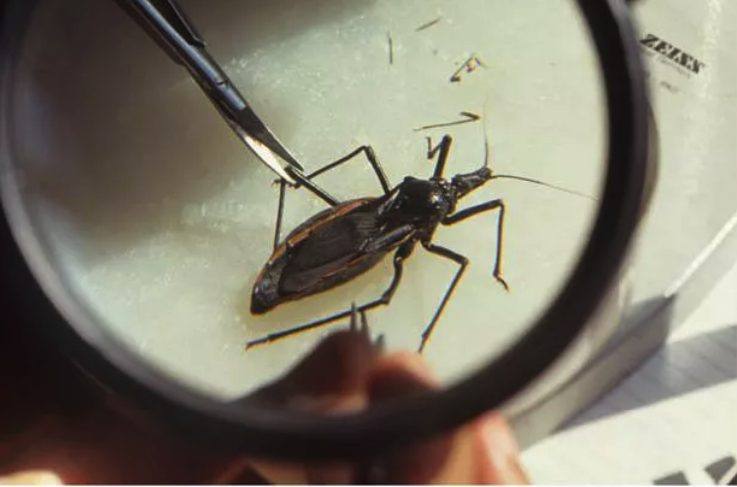
“I’m tired of hearing nothing at all,” Rodriguez declares. “I want Chagas to be discussed and made public. I’m in favor of testing and therapy for individuals.”
Their voices are making a difference. The WHO established World Chagas Disease Day on April 14, 1909, to honor the discovery of the first human case. The WHO aims to prevent, control, eliminate, and eradicate various diseases, including Chagas, by 2030.
To prevent kissing bug infestations, the CDC recommends sealing gaps around doors, windows, walls, and roofs, removing piles of rocks, wood, and brush near homes, installing screens on windows and doors, keeping pets indoors at night, and regularly checking for bugs.
If you find a kissing bug, the CDC advises not to crush it. Instead, place it in a jar with rubbing alcohol or freeze it, then take it to a lab or local health authority for identification.
Please share this story to spread awareness about this often-overlooked disease!
Share your thoughts in the comments down below!

